Two years ago many of us reckoned the Tokyo motor show to be a goner. The alarming effects of the 2008 Lehman Brothers crash and the credit and exports crunches that followed - plus the rapid turn in world attention towards the massively expanding car market of China - made things look so dire for Japan's automotive engine room that its bi-annual showcase, one of the former "hard points" in the automotive calendar, teetered on the brink. Even the Japanese said so.
See our full Tokyo motor show picture gallery
Today, however, it made an immaculate recovery. The 42nd Tokyo motor show may not be able to match Shanghai or even Frankfurt for the volume and significance of its new products, but it definitely portrays a Japanese industry that has rapidly recovered its poise - and this despite the subsequent disasters of the Toyota quality furore, the Japanese earthquake and tsunami, and the recent Thai floods that have further disrupted manufacturing and key markets.
The president of JAMA, Japan's car-makers' association, was busy on the opening day talking Tokyo up as "the leading technology motor show of the world" - and there was complete justice in that if you wandered the adjacent halls packed with stands from vibrant, first-rate component suppliers - while every one of the country's leading car manufacturers had new concepts, which according to Tokyo tradition were preposterous as well as practical.
Everyone arriving already knew about Toyota's biggest drawcard, the production-ready GT 86 sports coupe, which embodies all the determination of the company's new young president, Akio Toyoda, to bring excitement back to Toyotas right through the range. Few had seen the finished car, so it was mobbed all day and its affordable sleekness and clear potential did not disappoint. Toyoda himself introduced a new term into the enthusiast's vocabulary by referring to it in several speeches as "hachiroku", which is about as close as you can get to "eighty-six" in Japanese. Expect to read it on a thousand t-shirts as the car gathers popularity.
The world's biggest manufacturer, whose stand you encountered first on arrival, also had a variety of other concepts including a so-called smartphone on wheels to attract car-hating kids called Toyota FUN-Vii, a Prius-sized hydrogen fuel cell saloon called Toyota FCV-R (we learned that Japan produces enough hydrogen from current industrial processes to fuel five million such vehicles) and a ready-to-go electric iQ with a 65-mile range, in Japan's but not the UK's showrooms next year
Next door Daihatsu, like everyone, had a Renault Twizy clone called Daihatsu Pico which (its wild-haired young designer told me) was cheap and ready to go. It looked good enough to drive home. There was also a 660cc sports roadster (dubbed Daihatsu D-X) and a weirdly boxy delivery van, the Daihatsu FC Sho Case, that majored so heavily on carrying space there seemed nowhere for the driver to sit. Suzuki, always good for challenging concepts, had an amazingly light (at 730kg) saloon called Suzuki Regina that looked remarkably like a '50s Panhard, while Honda had a neat plug-in hybrid called Honda AC-X (everything they do seems to justify the description "neat") and a slightly overdone electric roadster in the mould of the old Beat, called the Honda EV-STER.

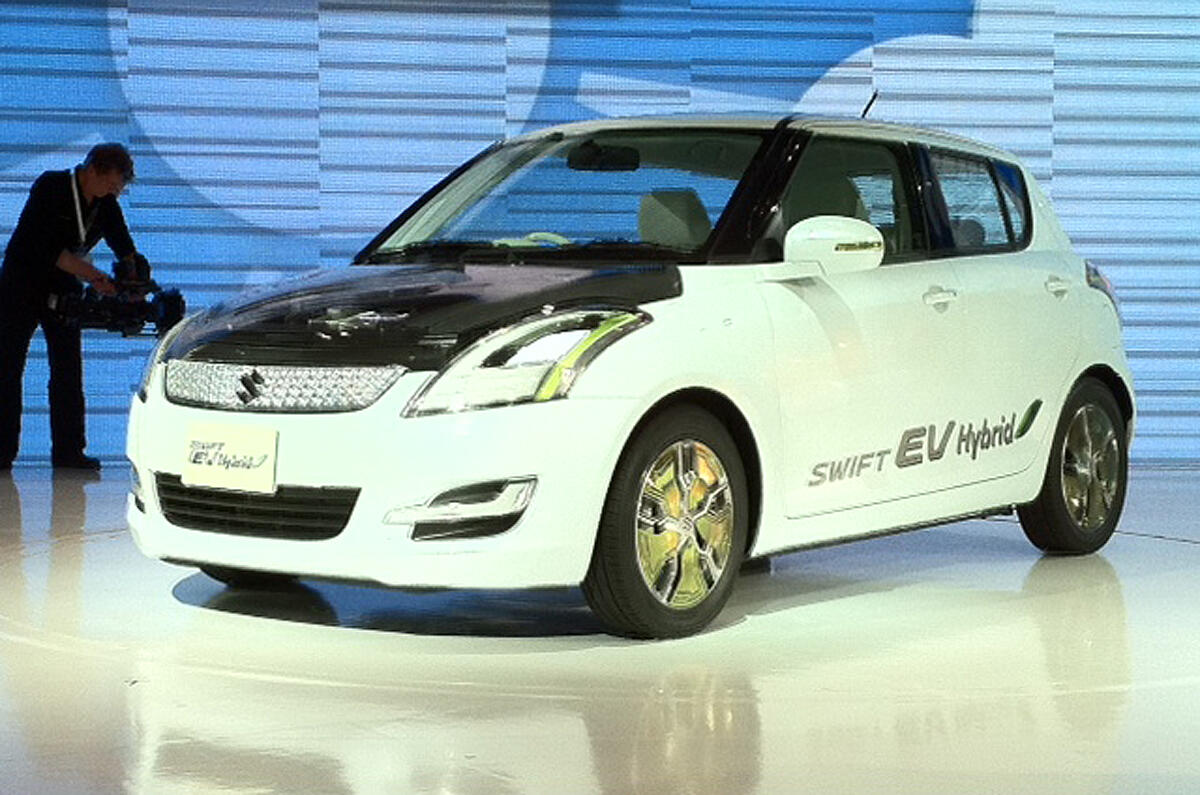
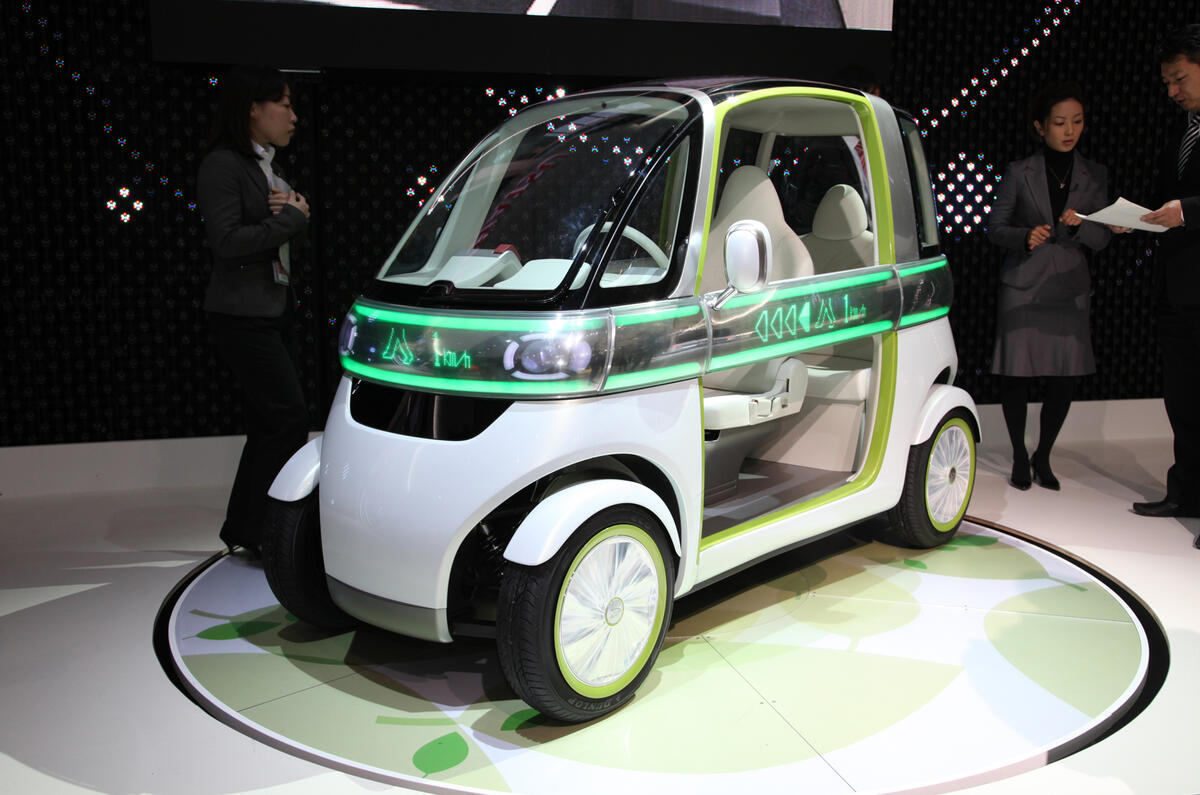

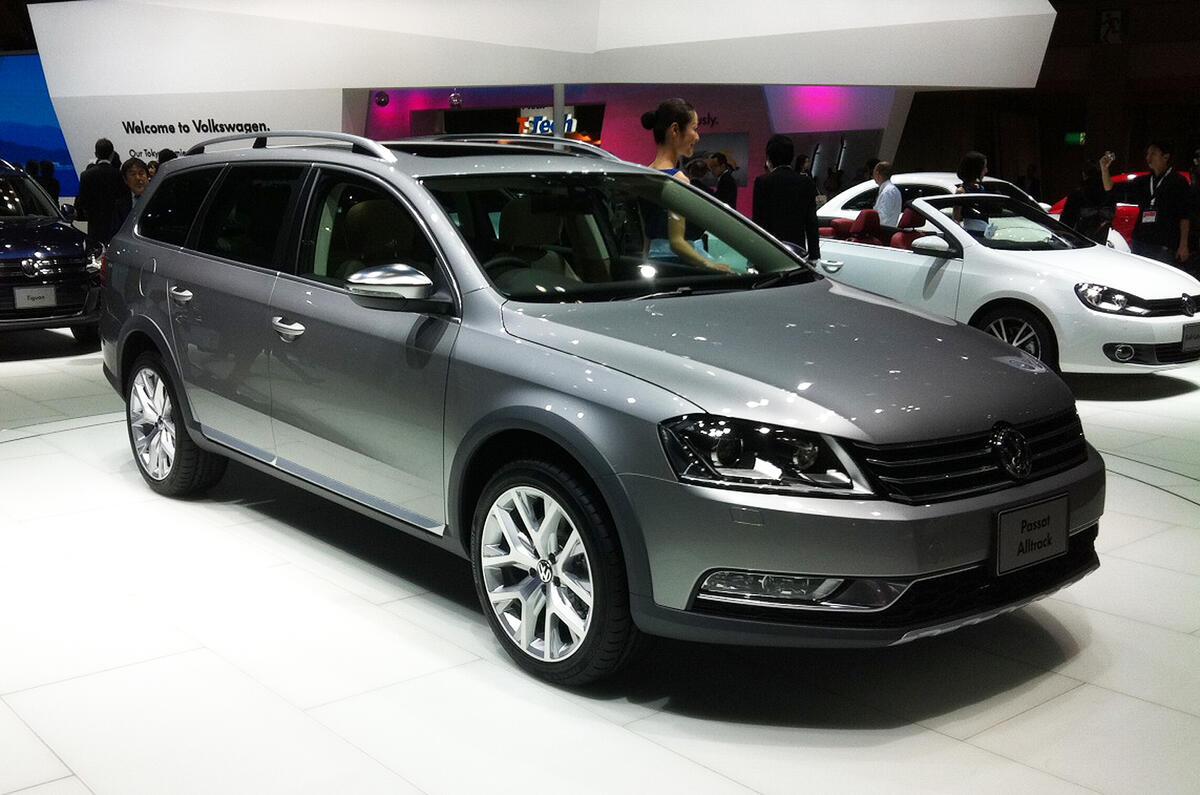
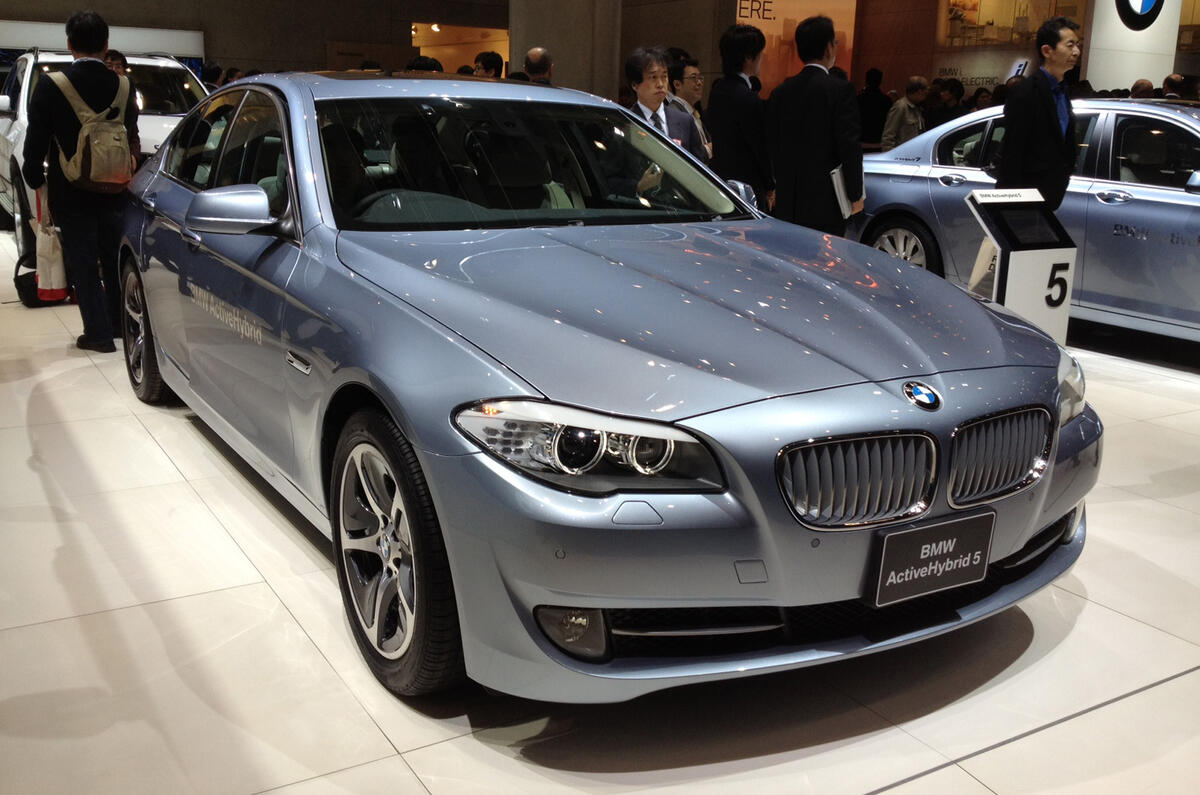
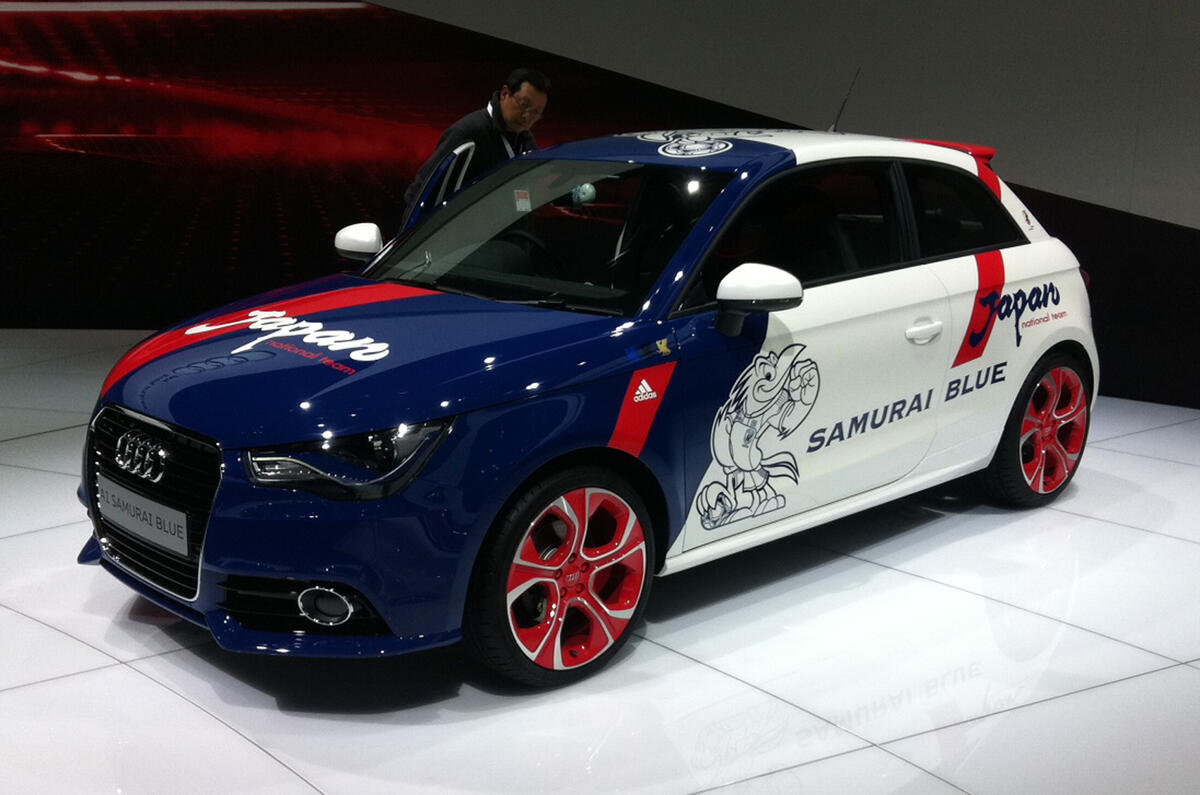
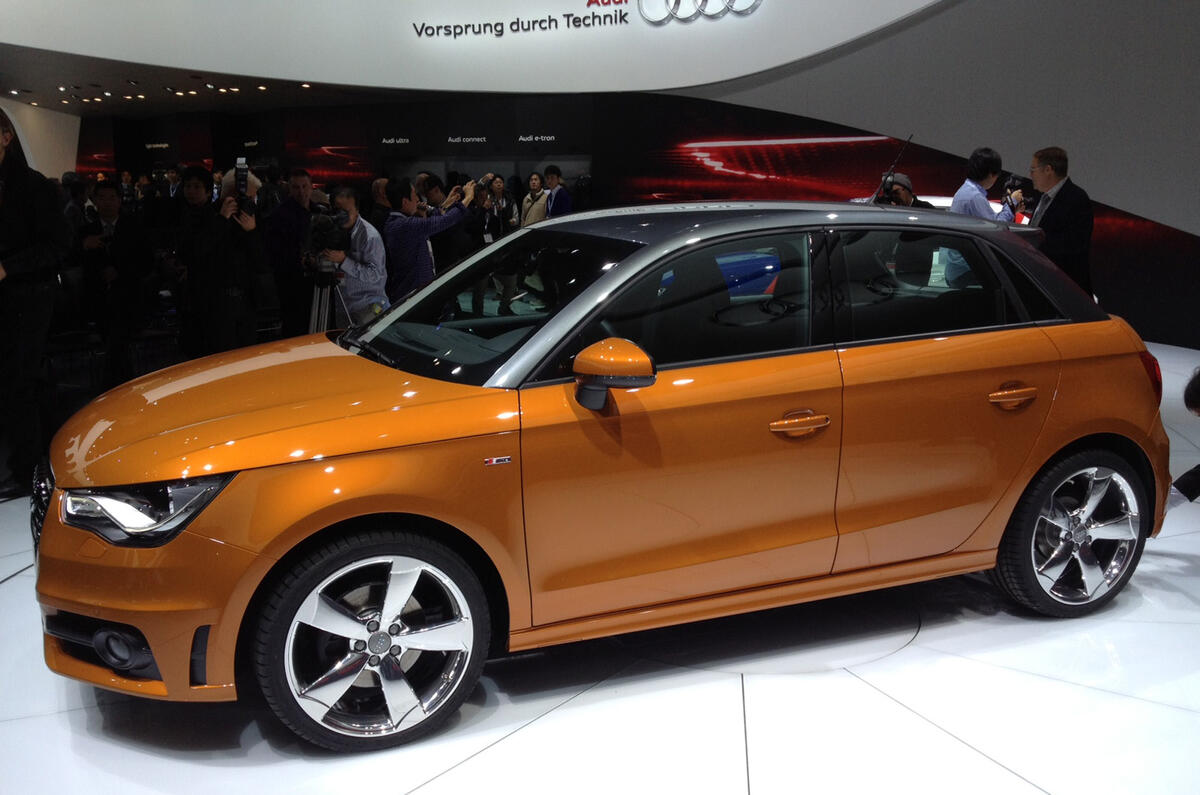
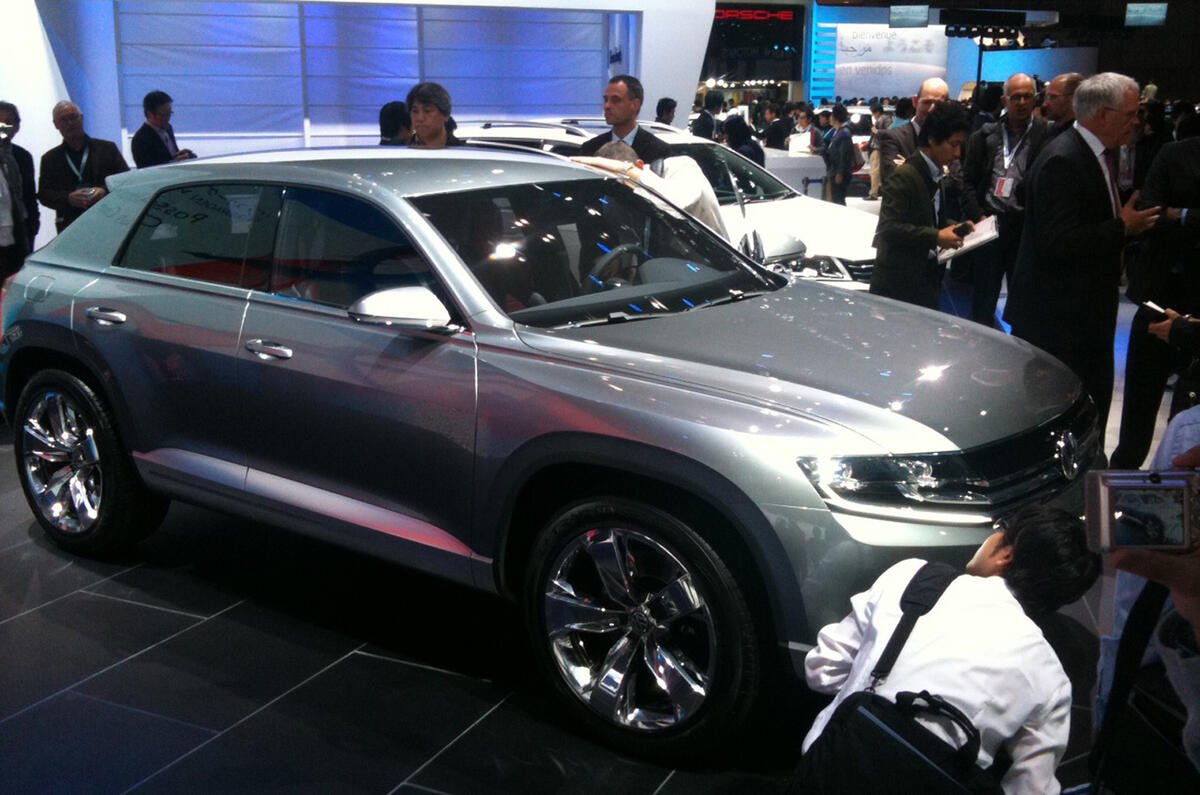
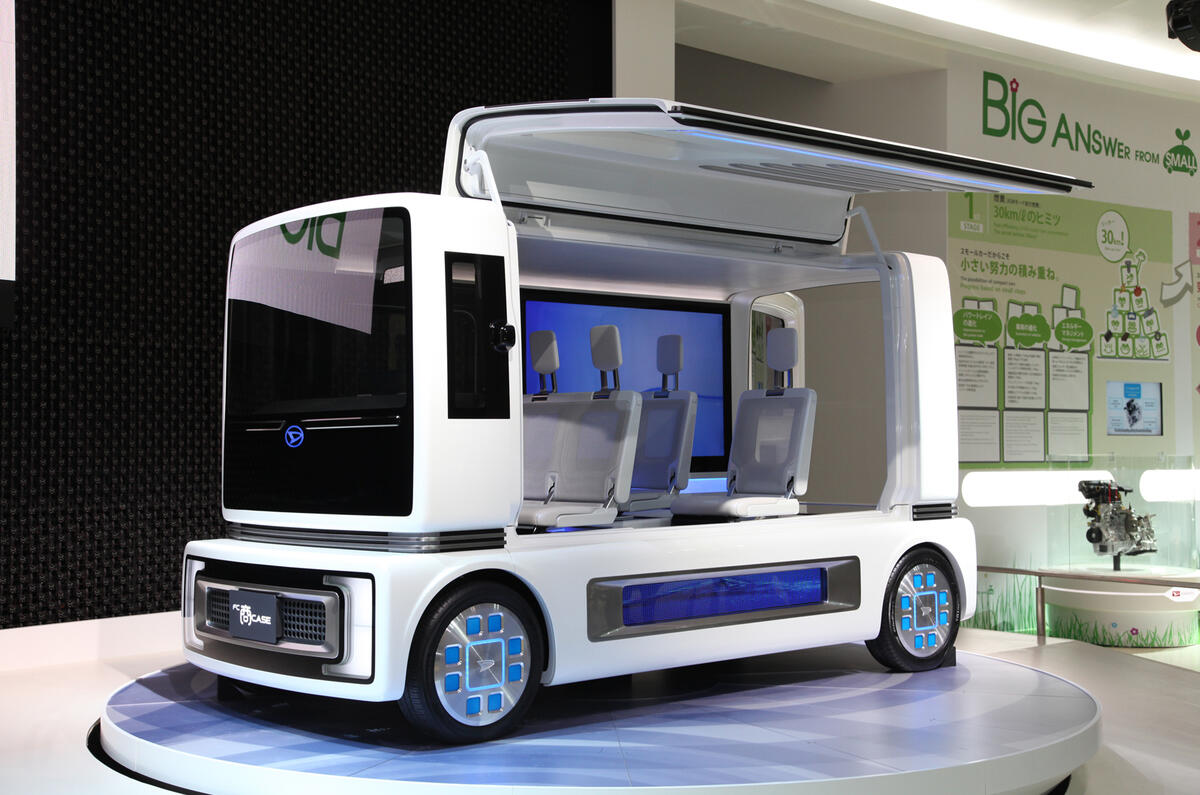
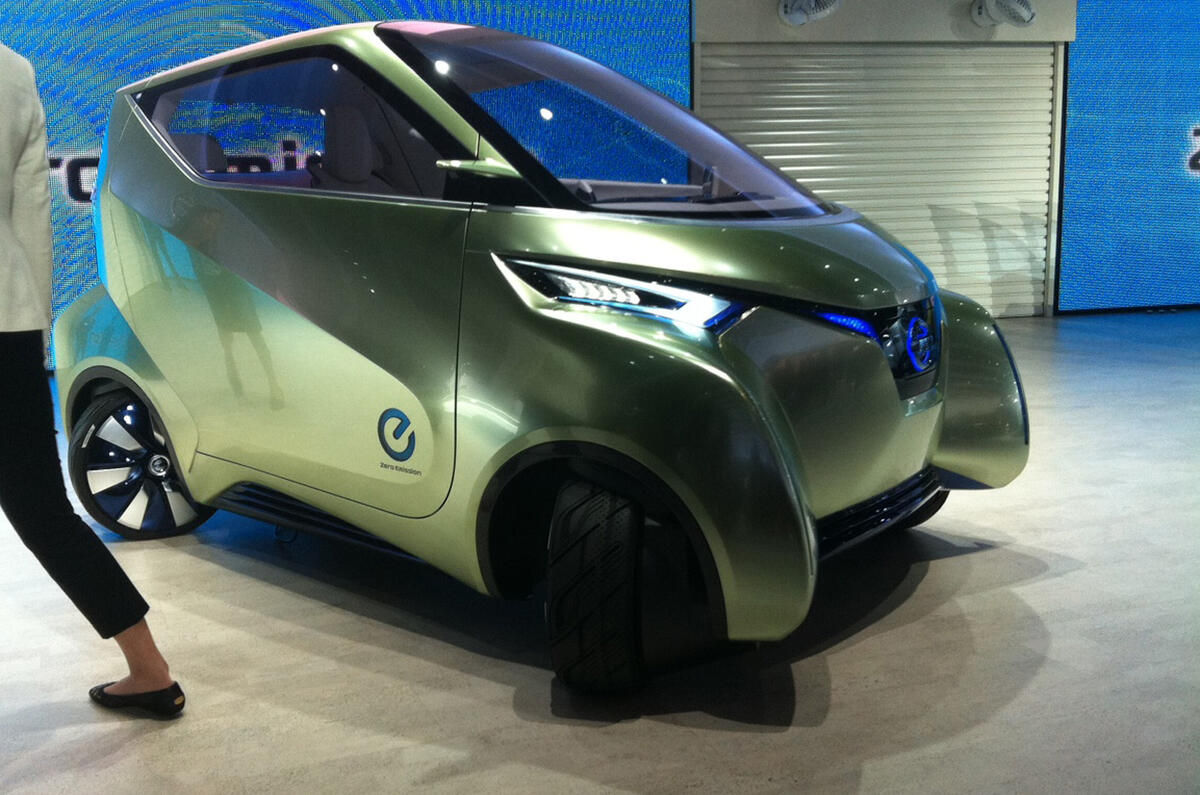
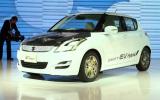


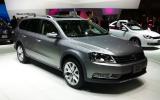
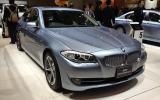
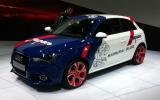
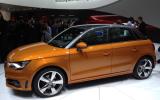
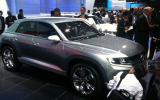
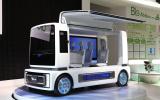
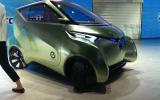







Add your comment